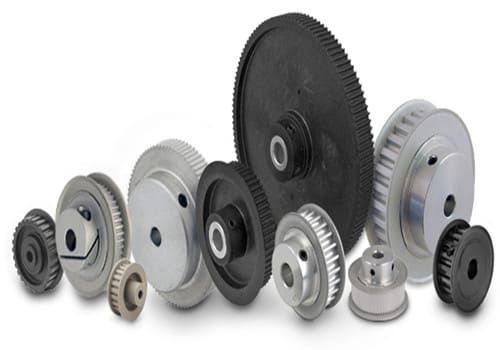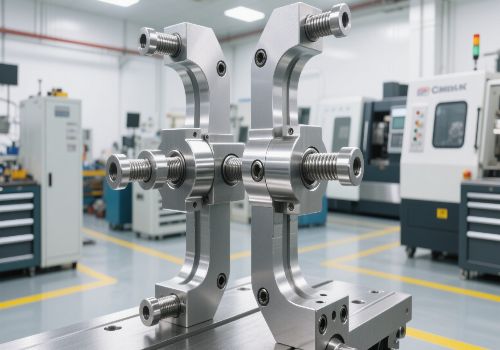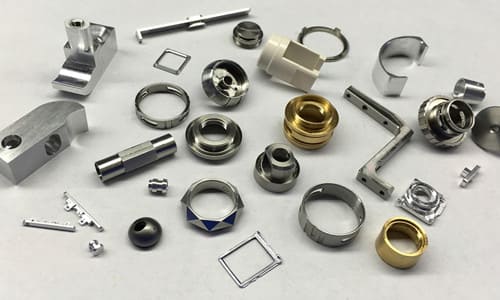Timing pulleys are critical components in various machinery and systems, often used to transmit rotational motion with precise timing and control. They are commonly made from several materials, with the choice depending on the specific application’s requirements.
Here are some common materials used for making timing pulleys:
1. Aluminum: Aluminum is a lightweight and corrosion-resistant material commonly used for timing pulleys. It is suitable for applications where weight is a concern and does not require extreme strength.
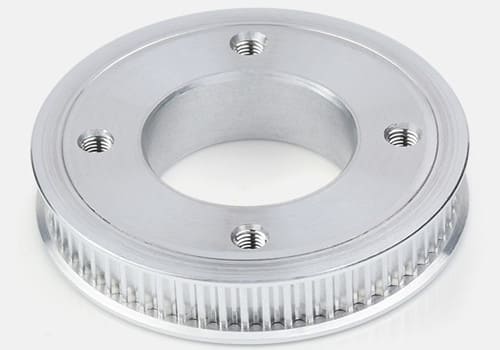
2. Steel: Steel timing pulleys are durable and can handle heavy loads. They are often used in industrial applications where high strength is required, such as in heavy machinery or automotive timing systems.
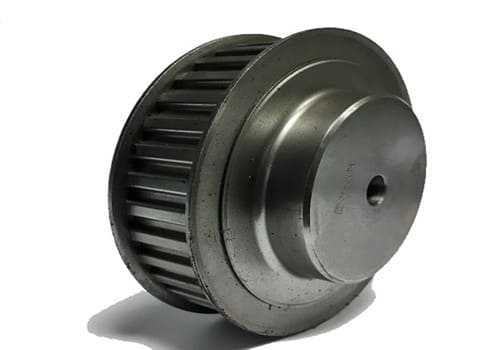
3. Plastic (e.g., Nylon): Plastic timing pulleys are lightweight and offer good resistance to chemicals and corrosion. They are commonly used in applications where noise reduction and non-metallic properties are essential.
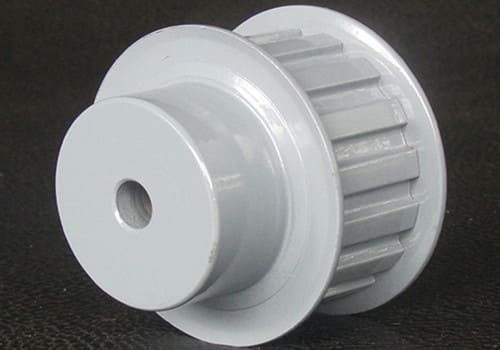
4. Brass: Brass timing pulleys are chosen for their corrosion resistance and aesthetic qualities. They are often used in applications where the pulleys are exposed to the elements or need to maintain a polished appearance.
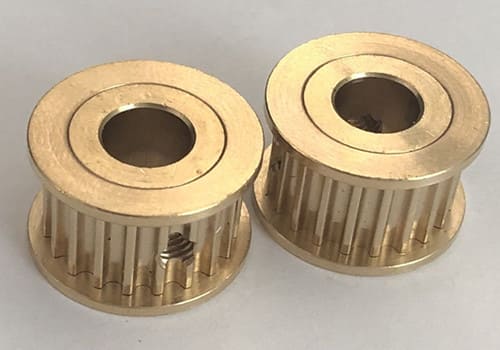
5. Cast Iron: Cast iron timing pulleys are exceptionally durable and are used in heavy-duty industrial applications where strength and longevity are paramount.
To manufacture timing pulleys, the following steps are typically involved:
1. Design: Begin by designing the timing pulley according to the specific requirements of your application. Determine the number of teeth, the pitch diameter, and other critical dimensions based on the desired timing and load-bearing capacity.
2. Material Selection: Choose the appropriate materials based on the requirements of your application, as discussed above.
4. Tooth Profile: Timing pulleys have teeth with a specific profile that matches the teeth on the timing belt or chain they interact with. The profile must be carefully machined to ensure proper engagement and timing accuracy.
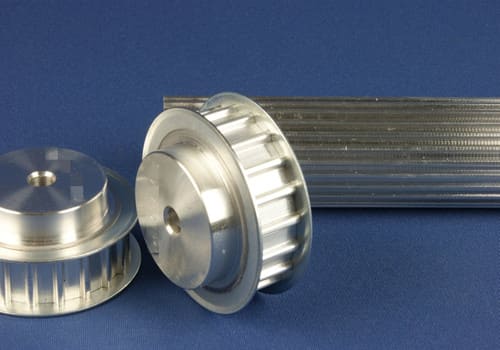
5. Balancing: To minimize vibration and ensure smooth operation, timing pulleys may need to be balanced by removing excess material or adding weight as needed.
7. Surface Finish: Depending on the application, the surface finish of the pulley may be important. Some applications require a smooth finish to reduce wear on the timing belt or chain, while others may have specific surface treatments for corrosion resistance.
7. Quality Control: Each pulley should undergo quality control checks to ensure it meets the specified tolerances and requirements.
8. Assembly: Finally, the timing pulley is assembled onto the shaft of the machinery, and the timing belt or chain is installed.
It’s essential to follow precise engineering and manufacturing processes to create timing pulleys that meet the desired specifications and ensure reliable and accurate timing in various applications. Depending on your specific needs and resources, you may choose to manufacture timing pulleys in-house or work with a specialized manufacturer.
Ready to create your own custom CNC Machining parts? Contact us today to learn more about our CNC machining services and get a quote tailored to your needs!

